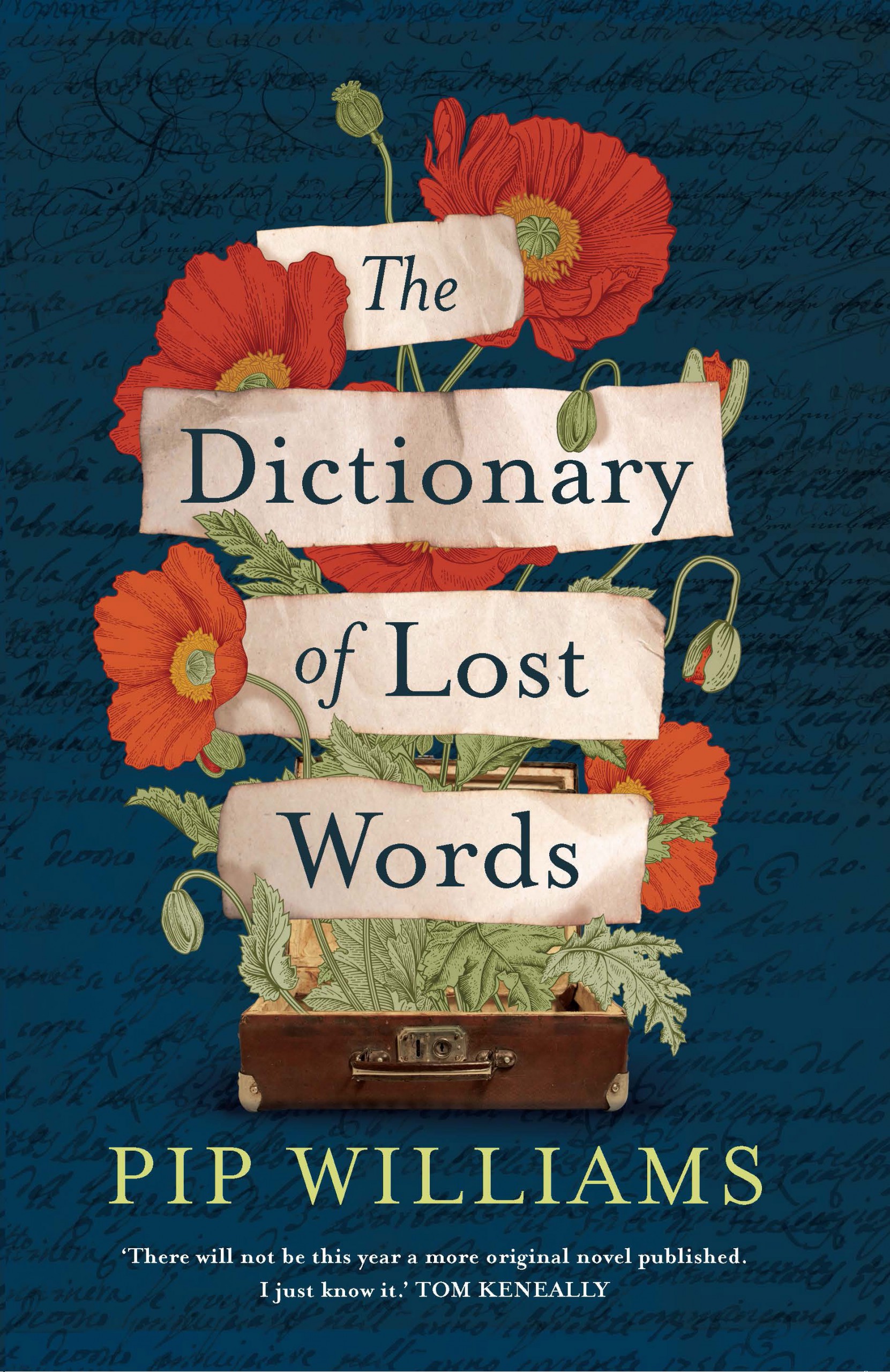When we think of dictionaries, it seems as though they must have existed forever. Yet of course, like everything, a dictionary has a beginning. How a dictionary is born is the subject of Pip Williams’ entrancing book, The Dictionary of Lost Words. This post is a review of her book.
The title may sound like nonfiction, but The Dictionary of Lost Words is historical fiction. It is a book about words: the beauty and power of words, lost words and saved words, misunderstood and taboo words.
A Story About the OED

Williams constructs her story around the people and events surrounding how a dictionary is born: specifically, the Oxford English Dictionary (OED). The first fascicle (separately published instalment) of the OED, containing the words from ‘A’ to ‘Ant’, was published in 1884. Work on the dictionary was progressively published as fascicles over some 43 years. In 1928, it was finally published in full – all ten volumes.
She weaves a fictional character’s story into the historical narrative. Esme’s father is a lexicographer (a person who compiles dictionaries). Her father works with the real James Murray, the fourth editor of the OED.
Her Inspiration
The backdrop of this period of English Victorian history includes the women’s suffrage movement and World War I. The author’s inspiration for her novel came from asking herself whether words mean different things to men and women. If so, she wondered if something was lost in the process of defining them.
Her research for the book gave her the impression that the OED was a predominantly male enterprise – male editors, male assistants, male volunteers, male researchers. Yet when she delved deeper, she found that various women had directly contributed to the dictionary work and hundreds of others contributed indirectly to the dictionary in some way.
The author believed that with women underrepresented, this must have affected what words were included. These words, she believed, must have been influenced by older, Victorian-era men.
A Lost Word
Esme, the book’s main character, grows up in the ‘Scriptorium’, little more than a garden shed in the Murray’s garden. Here, the group of lexicographers spend their days compiling the dictionary from words written on slips of paper sent in by volunteers. A motherless child, Esme spends hours under the sorting table out of the way of the lexicographers. One day, a slip drops off the end of the table and lands in Esme’s lap. Instead of returning it to her father, she puts it in her pocket. Esme is too young to understand the meaning of the word. Nevertheless, she is afraid the lexicographers might exclude it from the dictionary because it may not be ‘solid’ enough.
As Esme grows, so does her obsession with ‘saving’ words she believes will be discarded. Grown into a young woman, she begins interviewing women at the market, recording the words they say and their meanings. These are ‘women’s words’, forbidden and sometimes salacious words, and Esme is determined to save them all. She keeps them in a trunk under her maid Lizzie’s bed, until the trunk is full of slips of paper.
The fate of Esme’s stash of words is bound up in a poignant love story, which is for the reader to discover, not for me to reveal here.
Suffice to say that I loved this beautifully written and meticulously researched historical novel.
Author Tom Keneally says of Pip William’s debut work, ‘There will not be this year a more original novel published. I just know it.’
The Dictionary of Lost Words by Pip Williams (2020), Affirm Press, Melbourne.
I hope you've enjoyed this post 'How A Dictionary Is Born'. Please email any questions about your work in progress.

